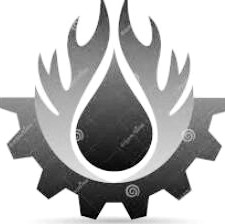- DirecciónLax - elanck - Ur. 869, 4768, 619 srkrath, R.
- Teléfono de la empresa(Holario de trabajo)489-982-6260
- Teléfono de la empresa(Teléfono de la empresa)489-982-6260
NMB Rodamientos De Bolas Autoalineables
Contacta ahoraAny application that will require a bearing to be mounted in a high vibration area, as well as any application that requires high axial loads, will benefit from using a flanged bearing. Automotive applications are a good example; all vehicle components must be able to withstand high vibrations. The design engineer needs to be able to select and assemble a bearing that will withstand vibrations, as well as high temperatures. Therefore, adhesive or interference fit in the assembly of a bearing into an automotive application is often insufficient. In order to insure long life and durability of the bearing, the selection comes down to a flanged bearing. A flanged bearing will maintain its position and will survive the hostile environment and vibration within the vehicle. If necessary, assembly of a flanged bearing can also include a secondary attachment, like a retaining clip.
Very high temperatures will also require the selection of a flanged bearing. Under the hood applications, where temperatures are often around 180°C and the presence of materials such as those between a ball bearing and a housing or shaft, it will create a different rate of thermal expansion.
For example, a steel bearing is pressed into aluminum housing; the housing may expand earlier than the steel bearing thus losing the interference with the bearing. The use of a flanged bearing in this application will hold the bearing in place axially – regardless of the imbalance in the expansion rate.
Flanged bearings are most commonly used in light-duty applications, such as food processing machinery, conveyors, material handling, belt drives in HVAC, textile machines, baggage systems, medical processing and various other light-duty industrial applications.

